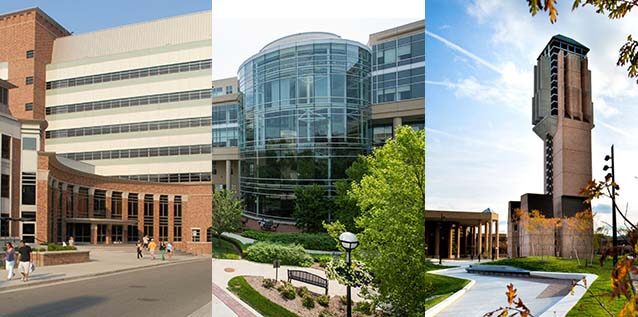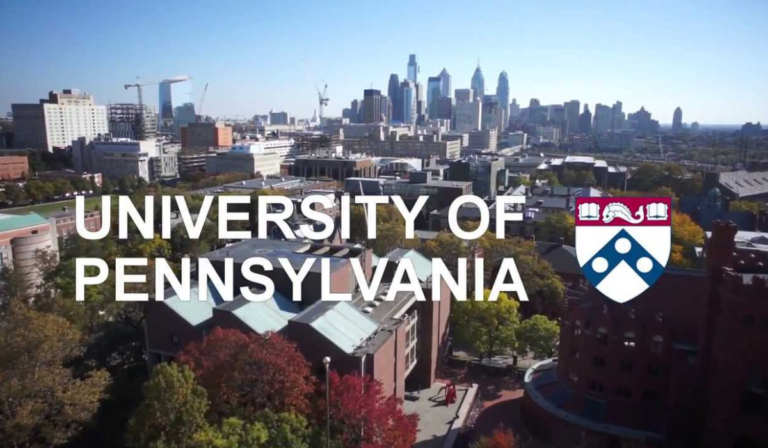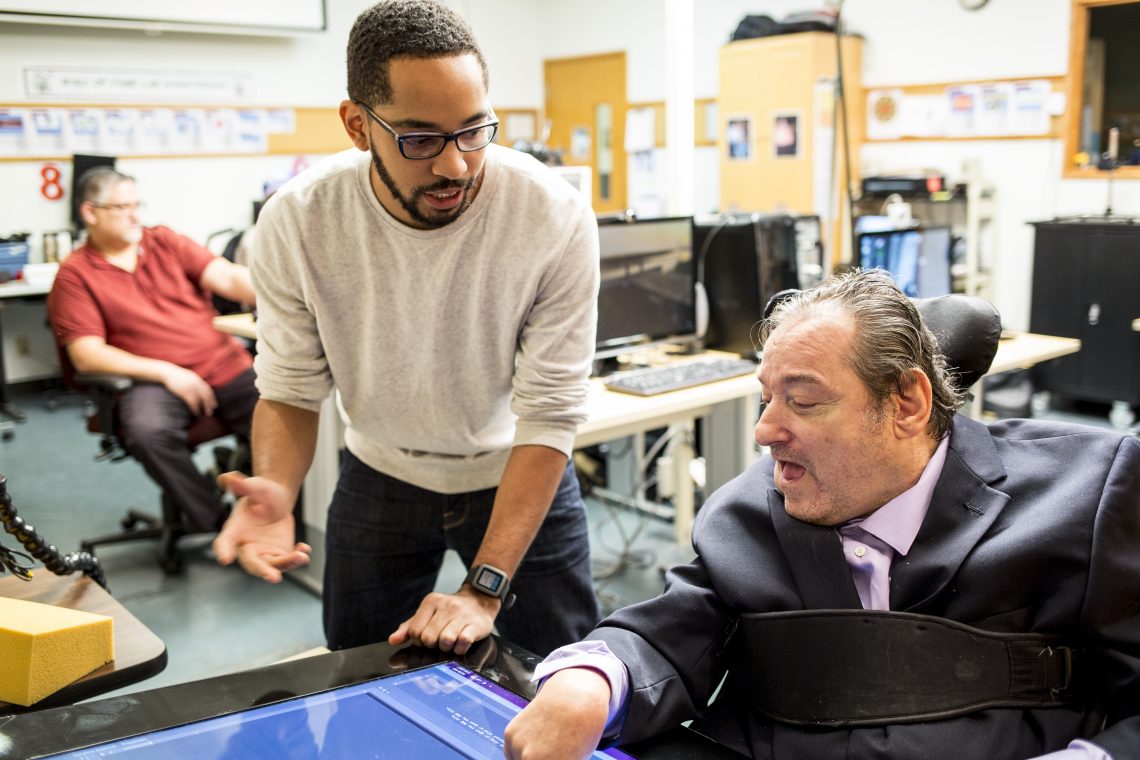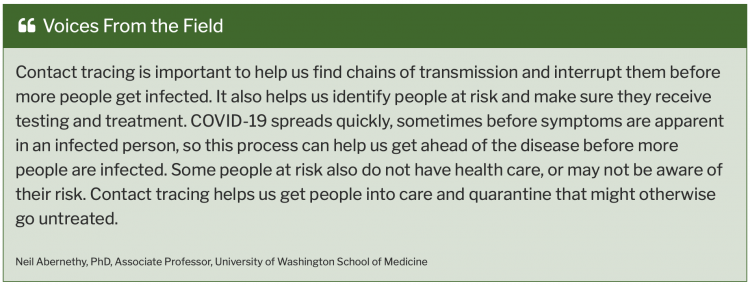
U-M PRECISION HEALTH COVID-19 RESEARCH PROJECTS
M-CURES (Michigan COVID Utilization and Risk Evaluation System)
Goal: to build models using clinical data including laboratory results, vital sign measurements, and receipt of medications for predicting patient outcomes and resource utilization in patients who test positive for COVID-19, to guide clinical and operational work.
This project is a partnership with the Institute for Healthcare Policy & Innovation (IHPI), requested by Jeffrey Desmond, MD, Chief Medical Officer, Michigan Medicine, and John Ayanian, MD, MPP, Director of IHPI and Chair of Precision Health’s Faculty Advisory Committee.
Co-Leads:
Brahmajee Nallamothu, MD, Data Analytics & IT Workgroup Leader, Precision Health; Professor, Cardiovascular Diseases, Dept. of Internal Medicine; Director, Michigan Integrated Center for Health Analytics & Medical Prediction (MiCHAMP)
Michael Sjoding, MD, Assistant Professor, Pulmonary and Critical Care Medicine, Dept. of Internal Medicine
Jenna Wiens, PhD, Co-Director, Precision Health; Assistant Professor, Computer Science and Engineering
Karandeep Singh, MD, MMSc, Assistant Professor, Learning Health Sciences and Medicine
I am extremely impressed with how my grad students came together and worked together. They exceeded all expectations. —Jenna Wiens
Early risk stratification of COVID-positive patients using chest imaging data
Goal: make available, through the Precision Health Analytics Platform, the chest x-ray images of all Michigan Medicine patients tested for COVID-19.
Lead: Michael Sjoding, MD, Assistant Professor, Pulmonary and Critical Care Medicine, Dept. of Internal Medicine
COVID-19 survey
Goal: to send a COVID-19 survey to all CBR-consented participants. The survey asks about COVID symptoms and SARS-CoV-2 exposure, enhancing the biorepositories and allowing research to continue to develop a COVID-19 phenotype.
Lead: Cristen Willer, PhD, Cohort Development Workgroup Leader, Precision Health; Associate Professor, Internal Medicine, Human Genetics, and Computational Medicine and Bioinformatics
Our overarching objective is to evaluate the impact of the novel coronavirus and to identify clues to prevent severe COVID-19 disease. —Whitney Hornsby, Willer Lab
Wearables In Reducing risk and Enhancing Daily Life-style (WIRED-L) / COVID-19 Health Evaluation & Cardiovascular Complications (CHECC) Study
WIRED-L Goal: establish the Wearables In Reducing risk and Enhancing Daily Life-style (WIRED-L) Center, dedicated to building and testing mobile health (mHealth) apps that leverage wearables like smartwatches to improve physical activity and nutrition in hypertensive patients. WIRED-L will enroll diverse communities that include African Americans and older adults rarely included in mHealth studies, to better close the digital divide between rich and poor. Funded by the American Heart Association.
(CHECC) Study ($200K supplemental research grant related to WIRED-L)
Goal: to better understand the broad impact of COVID-19 infection on the daily lives of MIPACT and REACH-OUT participants. Specific aims include determining the impact of the COVID-19 pandemic on physiologic parameters among mHealth participants, and determining the short- and intermediate-term CV health and outcomes of the COVID-19 pandemic.
Lead: Brahmajee Nallamothu, MD, Data Analytics & IT Workgroup Leader, Precision Health; Professor, Cardiovascular Diseases, Dept. of Internal Medicine; Director, Michigan Integrated Center for Health Analytics & Medical Prediction (MiCHAMP)
COVID-19 starting population at Michigan Medicine
Goal: to capture the COVID-19-positive patient population at Michigan Medicine and make this starting population (and relevant data) available through the self-serve tool DataDirect for cohort-building and research purposes.
This project is a collaboration with the Michigan Medicine Data Office for Clinical and Translational Research and the Research Data Warehouse.
COV-IND-19 app (covind19.org)
Goal: to provide a resource to describe the COVID-19 outbreak in India to date, as well as prediction models under various hypothetical scenarios. The figure and forecasting models update as new data becomes available, at least daily.
Lead: Bhramar Mukherjee, PhD, Cohort Development Workgroup Leader, Precision Health; John D. Kalbfleisch Collegiate Professor of Biostatistics; Chair, Biostatistics
Data scientists have a huge role to play in this collective war against the virus, not just for forecasting but for optimally deploying resources. As we go through this pandemic, I root for public health, for science and innovation, and for the magic of human kindness. —Bhramar Mukherjee
Understanding COVID-19 co-morbidities and risk factors
Goal: using electronic health record data on patients in Michigan Medicine who tested positive for a SARS-CoV-2 infection, to expand knowledge about the underlying risk factors and comorbidities. By characterizing COVID-19 patients’ health profiles and contrasting them with the overall Michigan Medicine cohort, the project can highlight differences in regard to pre-existing conditions and lab measurements, and use demographics to quantify existing health disparities. The aim of the project is to identify subgroups in the overall patient cohort that are especially vulnerable to COVID-19.
Lead: Bhramar Mukherjee, PhD, Cohort Development Workgroup Leader, Precision Health; John D. Kalbfleisch Collegiate Professor of Biostatistics; Chair, Biostatistics
Co-Investigators:
Lars Fritsche, PhD, Assistant Research Scientist, Biostatistics
Sachin Kheterpal, MD, MBA, CO-Director, Precision Health; Professor, Anesthesiology; Associate Dean, Research Information Technology (Medical School)
Lynda Lisabeth, PhD, MPH, Cohort Development Workgroup Leader, Precision Health; Professor, Epidemiology; Research Professor, Neurology
Cristen Willer, PhD, Cohort Development Workgroup Leader, Precision Health; Associate Professor, Internal Medicine, Human Genetics, and Computational Medicine and Bioinformatics
Maxwell Salvatore, Research Area Specialist
Remote outreach for recovered and recovering COVID patients
Goal: Use current Precision Health protocol (remote outreach, e-consenting, and electronic survey delivery) to contact recovered and recovering COVID patients. Biosamples are being used when available.
Lead: Bhramar Mukherjee, PhD, Cohort Development Workgroup Leader, Precision Health; John D. Kalbfleisch Collegiate Professor of Biostatistics; Chair, Biostatistics
COVID-19 PROJECTS BY PRECISION-HEALTH-FUNDED RESEARCHERS
Near real-time cytokine measurement in COVID-19 patients
Goal: To apply the cytokine screening platform to COVID-19 patient cytokine monitoring and potentially develop a fully automated system near the bedside that would be useful in guiding the immunotherapy of cytokine storm, which is frequently associated with severe cases of COVID-19 patients. This is an extension of the PH-funded project of PH Scholar Yujing Song.
Co-Leads:
Benjamin Singer, MD, PhD, Assistant Professor, Pulmonary and Critical Care Medicine
Katsuo Kurabayashi, PhD, Professor, Mechanical Engineering and Electrical Engineering and Computer Science
I’m personally very excited about this synergistic collaboration between Engineering and Medicine to translate our platform to wide clinical use to tailor biomarker-targeted immunomodulatory therapy. —Katsuo Kurabayashi
Digital assistance to help people cope with the COVID-19 outbreak
Goal: To build an online interface in which people can write about the major issues they are facing during the COVID-19 outbreak. The system will use natural language processing to analyze the responses and provide personalized feedback and pointers to useful resources. In collaboration with psychologists from University of Texas, motivational interviewing experts from the U-M School of Public Health, and health communication experts from Michigan Medicine. This work is directly related to the PH-funded research of PH Investigators Rada Mihalcea and Veronica Perez-Rosas.
Lead: Rada Mihalcea, PhD, Janice M. Jenkins Collegiate Professor of Computer Science and Engineering; Professor, Electrical Engineering and Computer Science; Professor, Data Science Initiative, U-M Office of Research
Natural language processing to understand mental health changes in response to COVID-19 outbreak
Goal: Development of natural language processing methods to understand the changes in mental health associated with the COVID-19 outbreak, and whether certain people are more susceptible to be affected by these changes. This work is informed by collaborations with psychologists and experts in the study of depression from the School of Public Health and Medical School at Michigan, and the Psychology department at the University of Texas.
Lead: Rada Mihalcea, PhD, Janice M. Jenkins Collegiate Professor of Computer Science and Engineering; Professor, Electrical Engineering and Computer Science; Professor, Data Science Initiative, U-M Office of Research
Network analysis for drug repurposing
Goal: A multidisciplinary team including Danai Koutra, PhD, Assistant Professor of Electrical Engineering and Computer Science, aims to develop network analysis techniques to identify combinations of existing drugs that could improve outcomes for COVID-19 patients until a vaccine is developed.
This project is a multidisciplinary collaboration among the Graph Exploration and Mining at Scale (GEMS) lab, the U-M Center for Drug Repurposing, and Michigan Medicine.
Statistical estimation of time-varying transmission and removal rates in epidemiological processes: an application to the COVID-19 pandemic
Goal: to study the pandemic in the most severely impacted countries, and analyze and forecast the evolving pandemic by using a Poisson model with time-dependent transmission and removal rates, which can capture possible random errors in reporting.
Lead: Yi Li, PhD, Professor, Biostatistics
COVID-19 PROJECTS BY PRECISION HEALTH MEMBERS
Lead: Nikola Banovic, PhD, Assistant Professor, Electrical Engineering and Computer Science
Antibody fractionation and cytotoxicity testing of patient’s COVID-19 convalescent plasma
Lead: Sofia D. Merajver, MD, PhD, Professor, Hematology/Oncology, Dept. of Internal Medicine
Molecular pathways of COVID-19 acute kidney injury
Lead: Matthias Kretzler, PhD, Professor, Internal Medicine/Nephrology and Computational Medicine and Bioinformatics
HARMONY – Home Activities and Routines Observed Naturally
Lead: Richard Gonzalez, Amos N. Tversky Collegiate Professor of Psychology and Statistics; Director, Research Center for Group Dynamics, Institute for Social Research
Disposable face shields as PPE for healthcare workers
Lead: Max Shtein, PhD, Professor, Material Science and Engineering and Stamps School of Art & Design
Intern Health Study (assessing risk exposure, work demands, and physical and mental health of 1500 training physicians during the COVID-19 outbreak)
Lead: Srijan Sen, MD, PhD, PROMPT Precision Health Study Leader; Frances and Kenneth Eisenberg Professor of Depression and Neurosciences, Associate Chair for Research and Faculty Development, Dept. of Psychiatry; Associate Vice President, Health Sciences, U-M Office of Research
Assessing COVID-19 using social media
Co-Leads:
Al Hero, PhD, John H. Holland Distinguished University Professor of Electrical Engineering and Computer Science; R. Jamison and Betty Williams Professor of Engineering; Professor, Statistics
Walter Dempsey, PhD, Assistant Professor, Biostatistics; Assistant Research Professor, Institute for Social Research
Internal medicine family support network
Lead: Amy Cohn, PhD, Data Analytics & IT Workgroup Leader, Precision Health; Alfred F. Thurnau Professor, Dept. of Industrial and Operations Engineering; Associate Director, Center for Healthcare Engineering and Patient Safety
Survey: older Americans’ access to prescriptions during COVID pandemic
Lead: Brian Zikmund-Fisher, PhD, Associate Professor, Health Behavior & Health Education; Research Associate Professor, Dept. of Internal Medicine
Prophylactic vaccination against COVID-19
Lead: James Moon, PhD, John G. Searle Associate Professor, Pharmaceutical Sciences; Associate Professor, Biomedical Engineering










